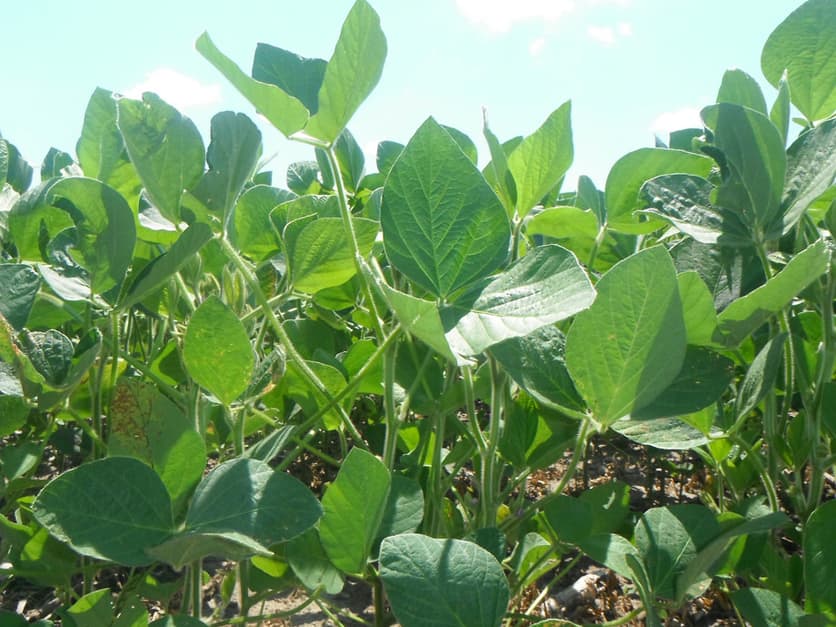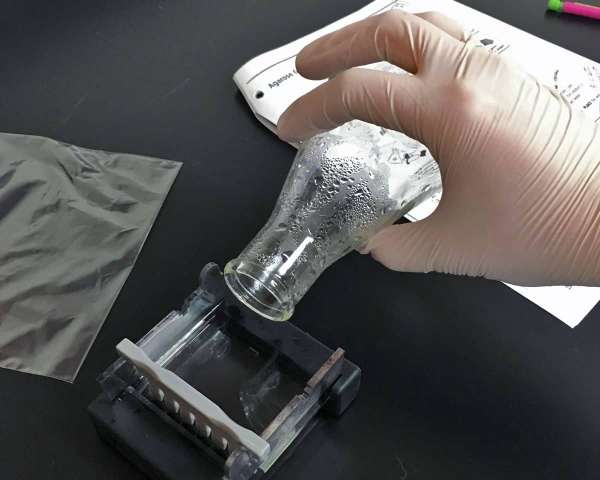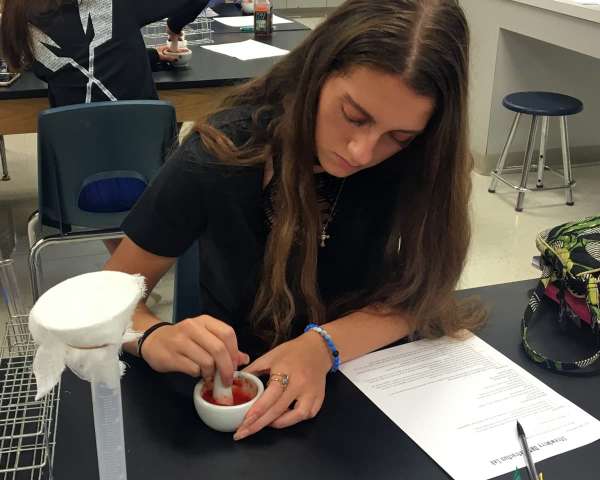Moving genes: intro to genetic engineering
Lessons
# What is genetic modification?
View various images and determine which are possible using current genetic engineering or modification techniques, then read about the genetic modification of food.
Files
# Model DNA
Use diagrams that increase in complexity to help students understand the structure of DNA. Students then model a nucleotide with their body and kinesthetically create the double helix.
Files
# Bacterial structure and function labeling/matching
Match labels to structures of a bacterial cell to show the parts that are used in genetic modification. Match function to the structures.
Files
# Creating transgenic soybeans
Arrange illustrated cards in order to show their understanding of how genes are moved.
Files
# Modeling transgenic soybeans
Model a strand of DNA being used to create a RoundUp Ready soybean.
Files
Teacher background
Jobs in biotechnology fields are increasing, not only with the use of genetic modification and increased use of tools in analyzing genomes of beneficial crops, but also due to the increase in number of biotechnology-related businesses. During the past 10 years, the number of employees has increased by more than 90 percent! Biotechnology has a wide variety of career opportunities ranging from sales and marketing, to research and development, manufacturing and quality control and assurance. In order for students to become proficient in the skills required for these jobs, they need to have a solid background in biological topics and the techniques used in this field.
Next gen science standards
Science and engineering practices
- Developing and using models
Crosscutting concepts
- Cause and effect
- Systems and system models
- Structure and function
Disciplinary core ideas/content
- ESS3C Human impacts on Earth systems
- LS1D Information processing
- LS3A Inheritance of traits
- LS3B Variations of traits
- PS2B Types of interactions
- PS4C Information technologies and instrumentation
- ETS2 Links among Engineering, technology, science and society
- ETS2A Interdependence of science, engineering and technology
- ETS2B Influence of engineering, technology and science on society and the natural world






Share this